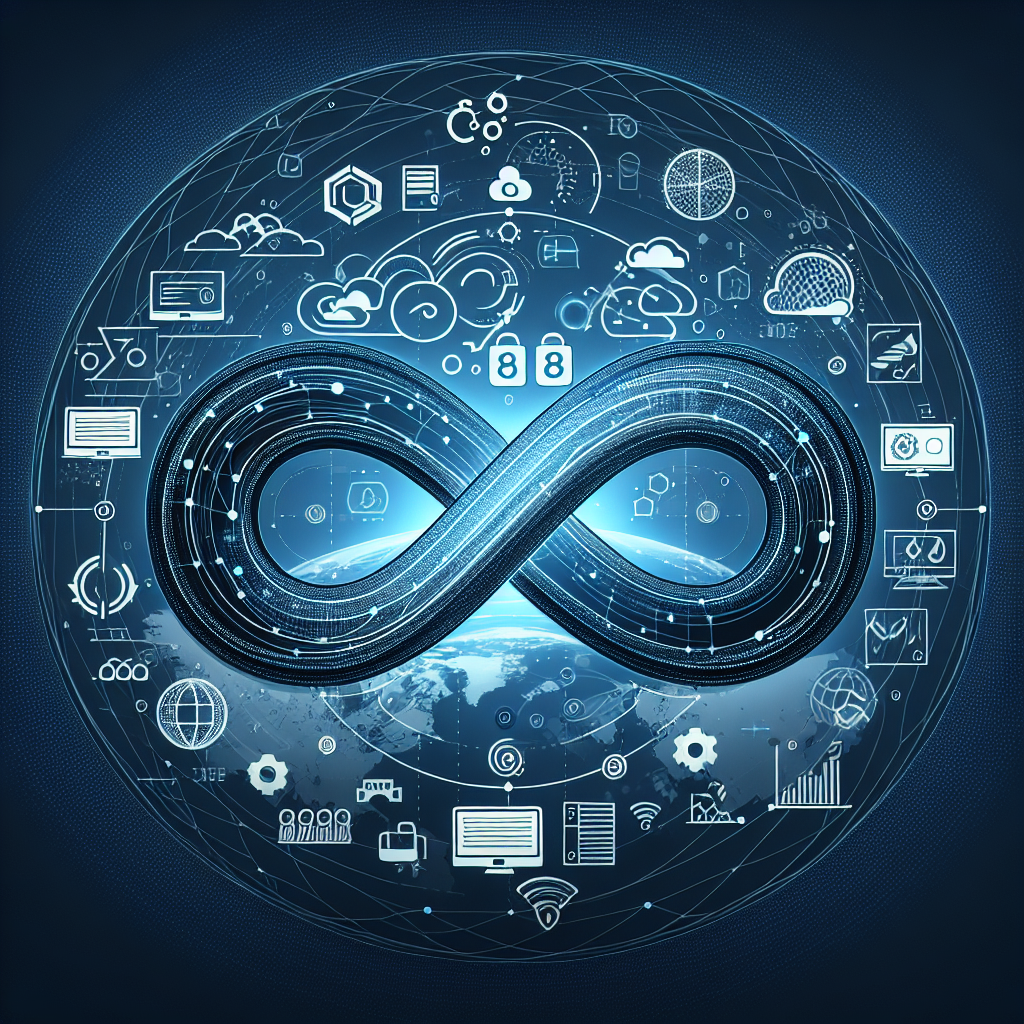Your cart is currently empty!
Remote Monitoring: A Key Tool for Ensuring Business Continuity

In today’s fast-paced business world, ensuring business continuity is more important than ever. With the rise of remote work and increasing reliance on technology, businesses must have the tools in place to monitor their operations effectively. One key tool that has become essential for ensuring business continuity is remote monitoring.
Remote monitoring is the process of monitoring and managing a company’s IT infrastructure, network, and systems from a remote location. This allows businesses to keep a close eye on their operations, even when employees are working from different locations or during non-business hours.
There are several benefits to using remote monitoring as a tool for ensuring business continuity. One of the main advantages is that it allows businesses to proactively identify and address issues before they escalate into major problems. By monitoring key performance indicators and system alerts in real-time, businesses can quickly respond to any issues that arise and prevent downtime or disruptions to their operations.
Remote monitoring also provides businesses with greater visibility into their IT infrastructure and network. This visibility allows businesses to track performance metrics, identify trends, and make informed decisions about their technology investments. By having access to this data, businesses can optimize their systems and ensure they are operating at peak efficiency.
Another benefit of remote monitoring is that it allows businesses to monitor their operations 24/7. This means that businesses can keep an eye on their systems and networks at all times, even when employees are not in the office. This constant monitoring helps businesses detect and address issues as soon as they arise, minimizing the impact on their operations.
In addition to monitoring IT infrastructure and systems, remote monitoring can also be used to monitor physical assets, such as equipment and machinery. By implementing sensors and monitoring devices, businesses can track the performance and condition of their assets in real-time. This proactive approach to asset monitoring can help businesses prevent equipment failures and costly downtime.
Overall, remote monitoring is a key tool for ensuring business continuity in today’s digital age. By proactively monitoring IT infrastructure, networks, and physical assets, businesses can identify and address issues before they escalate into major problems. With the ability to monitor operations 24/7, businesses can ensure that their systems are running smoothly and minimize disruptions to their operations. By investing in remote monitoring tools and technologies, businesses can improve their resilience and adaptability in an ever-changing business environment.

Leave a Reply